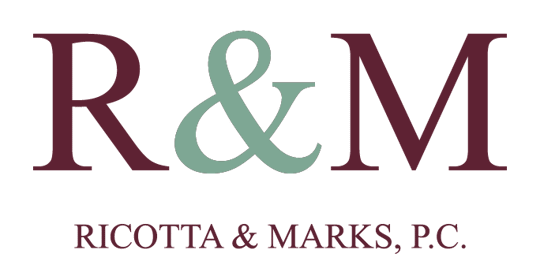Under Title VII of the Civil Rights Act of 1964, harassment of employees based on race, color, religion, sex (including pregnancy and gender identity), national origin, age, disability, sexual orientation, genetic information or parental status is prohibited. These types of workplace harassment are prohibited under federal (and most state laws). If you or someone you know has been the victim of any of the types of workplace harassment, contact a knowledgeable hostile workplace attorney right away to protect your rights.
Types of Workplace Harassment
There are basically two categories of workplace harassment: quid pro quo and hostile work environment. Quid pro quo, translated as “this for that,” occurs when there is a noticeable employment decision based on the employee’s acceptance or rejection of unwelcome sexual advances or requests. Not surprisingly, the harasser in this type of situation is someone who can make or influence formal employment decisions such as hiring, firing, promoting or compensation.
Hostile work environment, on the other hand, can result from unwelcome conduct from anyone with whom the victim interacts while on the job. This conduct would result in making the workplace atmosphere intimidating, offensive or hostile for the victim.
When Conduct Violates the Law
Under the law, the conduct must be both unwelcomed and based on the victim’s protected status. Beyond this, the conduct must be (1) subjectively abusive to the victim and (2) objectively severe and persistent enough to create a work environment that a reasonable person would find offensive or hostile. Factors that courts use to decide whether the conduct is persistent enough to be deemed hostile includes the frequency and severity of the conduct, whether the conduct was physically threatening and/or humiliating or a mere offensive utterance, if the conduct unreasonably interfered with work performance, the effect on the victim’s psychological well-being, and whether the alleged harasser had a higher position in the company.
Offensive workplace conduct may include, but is not limited to:
● Slurs, epithets or name-calling;
● Offensive jokes;
● Physical assaults or threats of assault;
● Intimidation, ridicule, or mockery;
● Insults or put-downs;
● Offensive objects, pictures or images; or
● Interference with the victim’s work performance.
Hostile Workplace Lawyer
Hostile work environment cases are decided on a case-by-case basis and are difficult to recognize. This is so because the specific facts of each circumstance determine whether the conduct crossed the line from an ordinary workplace issue to unlawful harassment. An employer is automatically liable for harassment by a supervisor resulting in a negative employment action (such as termination, loss of wages, or failure to promote or hire). If you believe you are the victim of any of the types of workplace harassment mentioned, contact a hostile workplace attorney with experience in employment law at Ricotta & Marks P.C. for a free initial case evaluation today. Contact or call us at (917) 540-8565.
The post Seven Types of Workplace Harassment appeared first on Ricotta & Marks, P.C..

